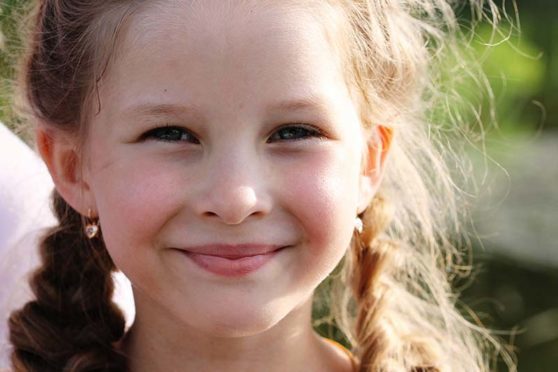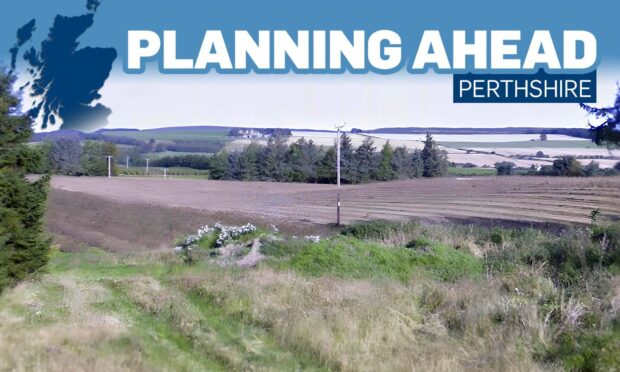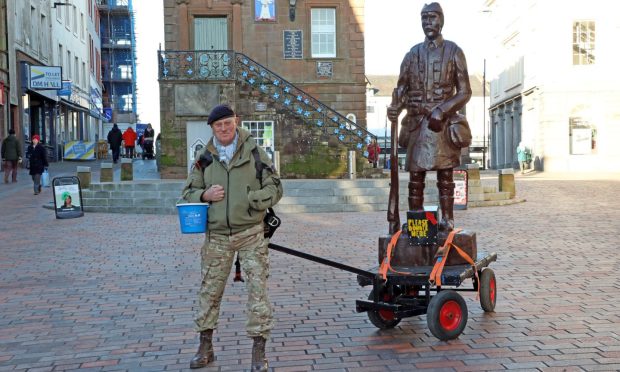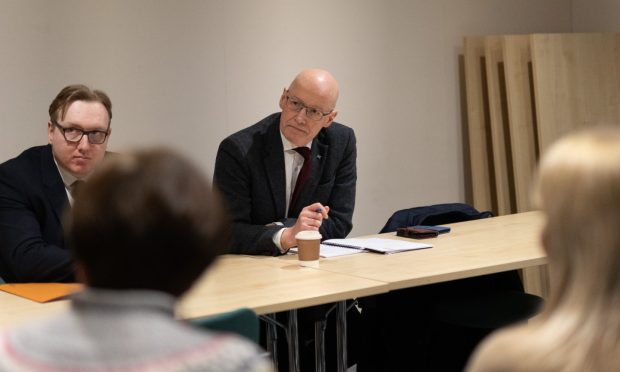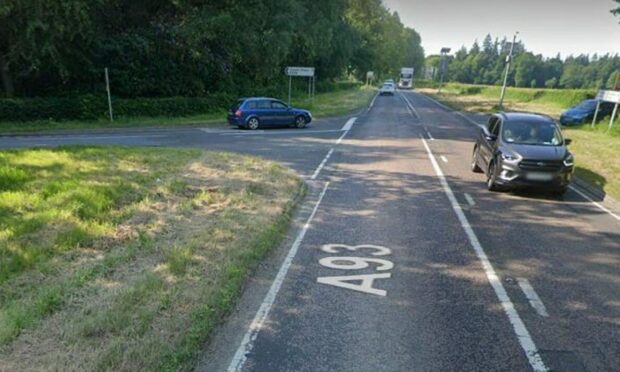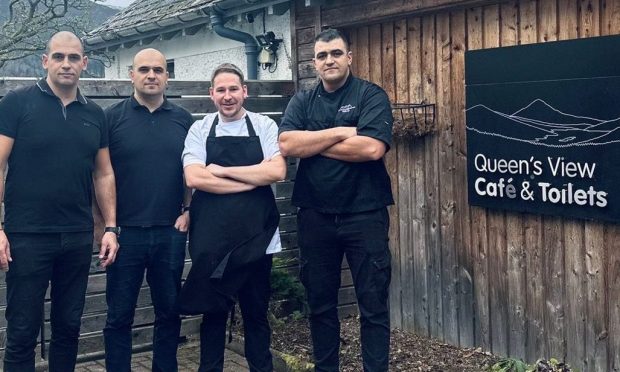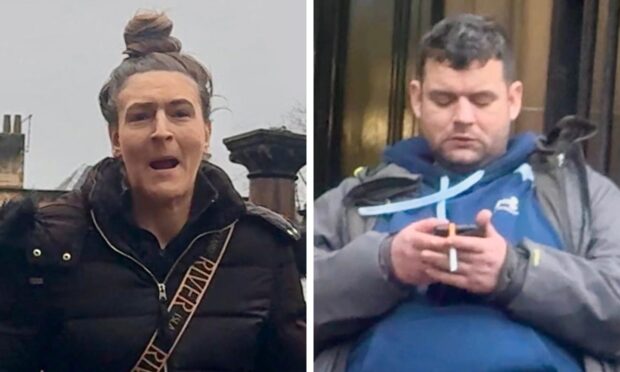“I’d like to foster, but I wouldn’t want to give them back!” That’s often the response when fostering a child comes up in conversation. But in actual fact, temporary fostering isn’t the only option.
Perth and Kinross Council’s Family Based Care Team urgently needs permanent foster carers for primary school age children, including sibling groups, who are currently waiting for their permanent families.
The team has put together this Q&A to answer the common questions they answer about permanent fostering.
What is permanent fostering?
Permanent fostering is for children who cannot return to their birth families and where adoption is not a possibility for various reasons, perhaps due to the child’s age or additional support needs.
Children who are in permanent fostering may also have ongoing contact with their birth families.
Who are permanent foster carers?
Permanent foster carers can often be people looking to create a family of their own, or where their own children have grown up and they would like to give youngsters in need a family for life. They can be single people or same sex or married couples.
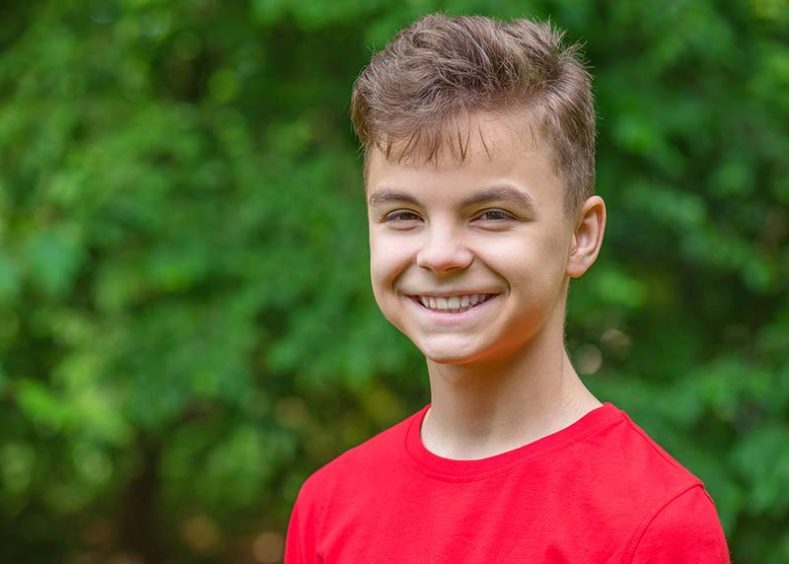 Why do people become permanent foster carers?
Why do people become permanent foster carers?
Here’s what a couple of current carers have to say about why they do it:
Carer A: “I love seeing how the children come on and see them thriving in our family home. Seeing how settled the children are and the progress they make in your care – we didn’t realise how much of an impact we could make!
“We love fostering and seeing how one of our children has changed from when he first came to us to now – he is settled in school and is a confident young man. I feel an achievement for him but also for me, in the part I have played.”
Carer B: “It’s very worthwhile, hard work but rewarding. I have been given a chance to be a parent again after bringing up my own children and them moving out/on.
“My family have accepted the children and encouraged me to become a permanent foster carers as they see how much I get from it. I am never bored – there are challenges but I learn from them and I feel well supported.
“For a child, offering permanent foster care offers them security and a childhood where they are valued, not moved around and they don’t have to move home and schools.”
What kind of support does the team give to permanent foster carers?
Permanent foster carers receive ongoing support, training and allowances throughout the child’s journey to adulthood.
Who do I contact if I’m interested?
Call the Family Based Care Team on 01738 477806, or email ecsfpduty@pkc.gov.uk for further information and a no-obligation chat. You can also find out more on the PKC website.

